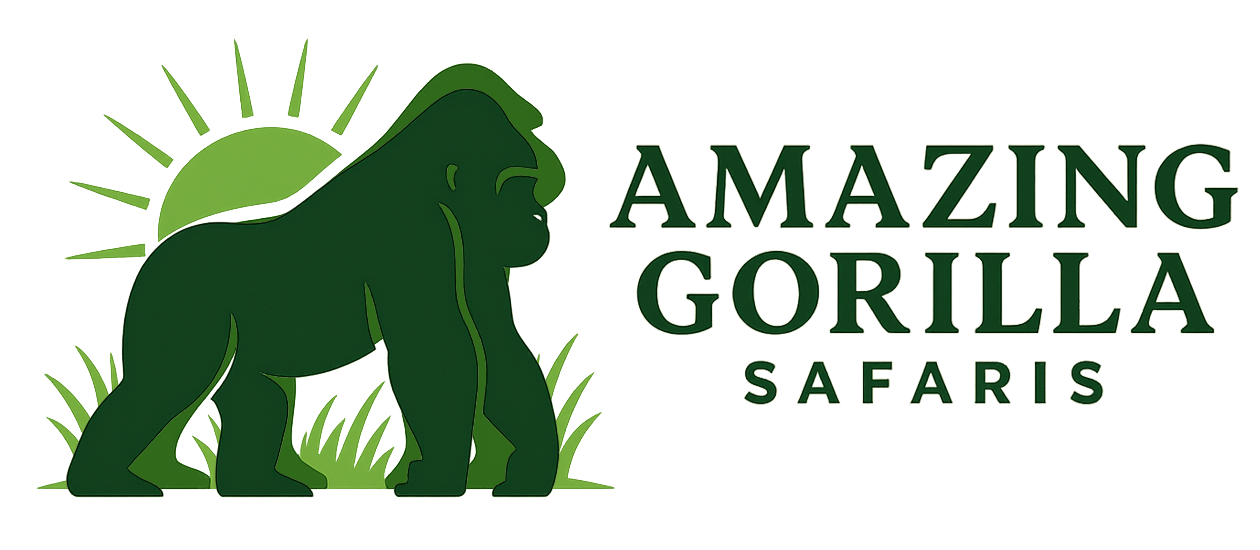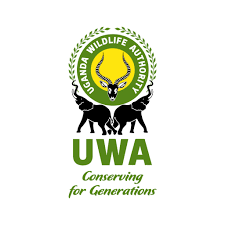Where to Go in East Africa on a Photographic Safari
East Africa is one of the most captivating regions on earth for wildlife and landscape photography. The light is golden, the horizons are endless, and the density of wildlife ensures that every day in the bush holds the promise of a once-in-a-lifetime shot. From the iconic wildebeest herds of the Serengeti to the mist-shrouded gorillas of Uganda, East Africa offers photographers some of the richest subjects in the natural world.
Serengeti National Park, Tanzania
The Serengeti is perhaps the most iconic photographic safari destination in East Africa. Its vast plains are home to the Great Migration, where over a million wildebeest and zebras thunder across the savanna. This spectacle offers the chance to capture dramatic action shots, predator encounters, and sweeping panoramas. The Serengeti’s sunrises and sunsets bathe the landscape in warm light, perfect for wide-angle images that showcase Africa’s wild beauty.
Maasai Mara National Reserve, Kenya
The Maasai Mara is a dream for photographers seeking predator drama and close-up encounters. Its high density of big cats — lions, cheetahs, and leopards — makes it one of the best places in the world for big cat photography. During the migration months, the Mara River crossings provide some of the most dramatic action shots in Africa, as wildebeest plunge into crocodile-infested waters. Outside migration season, the Mara still offers abundant wildlife and striking Maasai culture to capture.
Amboseli National Park, Kenya
Few places rival Amboseli when it comes to dramatic backdrops. Here, vast herds of elephants roam beneath the towering silhouette of Mount Kilimanjaro. For photographers, this is the ultimate opportunity to frame wildlife against Africa’s highest peak. The dry lakebeds, swamps, and seasonal light changes provide varied shooting environments, making Amboseli a favorite for both landscape and wildlife images.
Ngorongoro Crater, Tanzania
Ngorongoro Crater is a natural amphitheater filled with wildlife, often described as a photographer’s dream. Its floor hosts an incredible concentration of animals, from grazing zebras to lions and even rare black rhinos. The crater walls provide natural framing for wide-angle shots, while the mix of habitats — grasslands, swamps, and lakes — offers diversity in both subject and composition.
Bwindi Impenetrable Forest, Uganda
For intimate, emotional wildlife portraits, nothing compares to photographing mountain gorillas in Bwindi. Trekking through dense rainforest with mist hanging over ancient trees sets the stage for remarkable imagery. Capturing the gaze of a gorilla or the tender bond between mother and infant is a powerful experience that resonates beyond photography. Bwindi also offers a chance to photograph rare bird species and other primates.
Volcanoes National Park, Rwanda
On Rwanda’s side of the Virunga Mountains, Volcanoes National Park is another superb destination for photographing gorillas. The thick bamboo forests and volcanic slopes create a distinct atmosphere. The challenge of low light in the forest is outweighed by the opportunity to capture soulful portraits of gorilla families in their natural habitat, often in dramatic, moody settings.
Lake Turkana, Kenya
For those drawn to more remote and unusual scenes, Lake Turkana — known as the Jade Sea — provides stark and surreal photography opportunities. Its turquoise waters contrast against volcanic landscapes, and encounters with local cultures such as the Turkana people add a powerful human dimension to your portfolio. The remoteness of the region ensures images that few others have captured.





